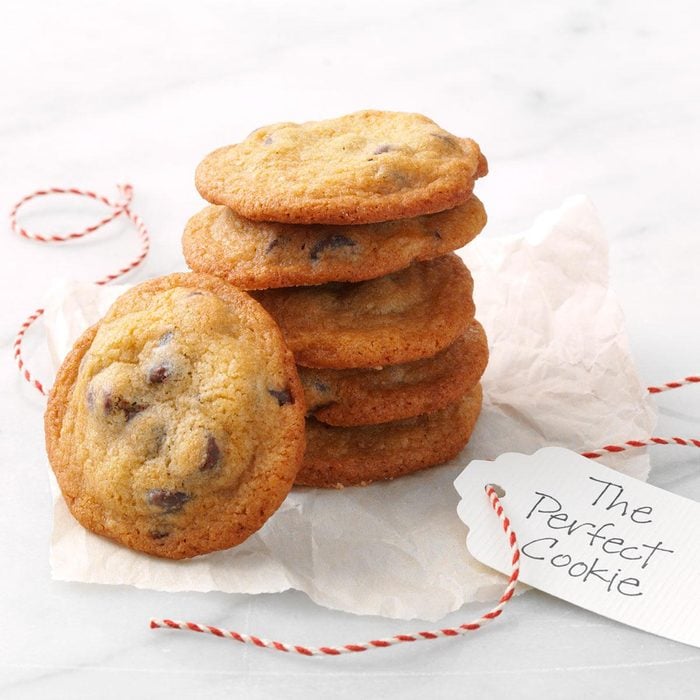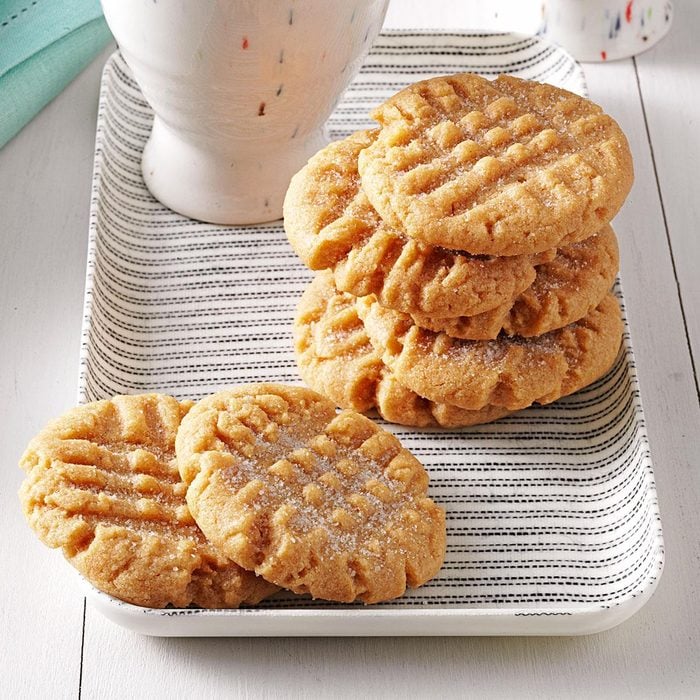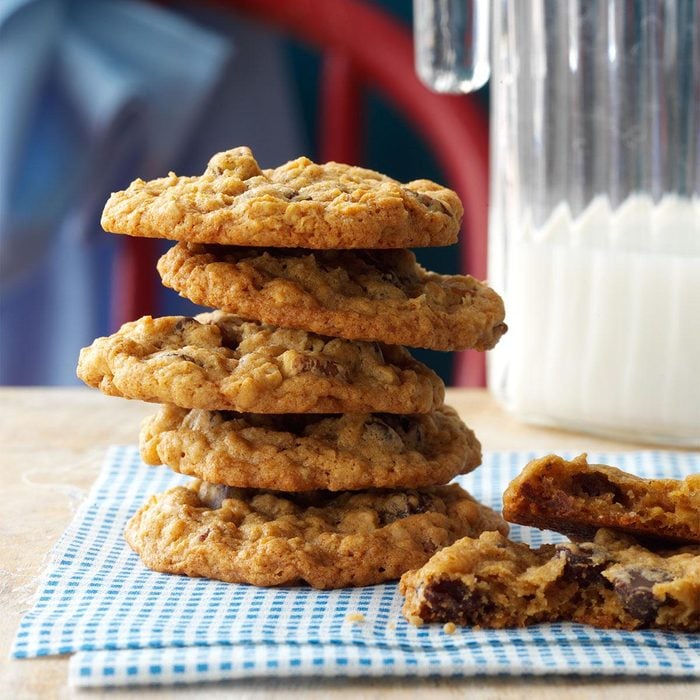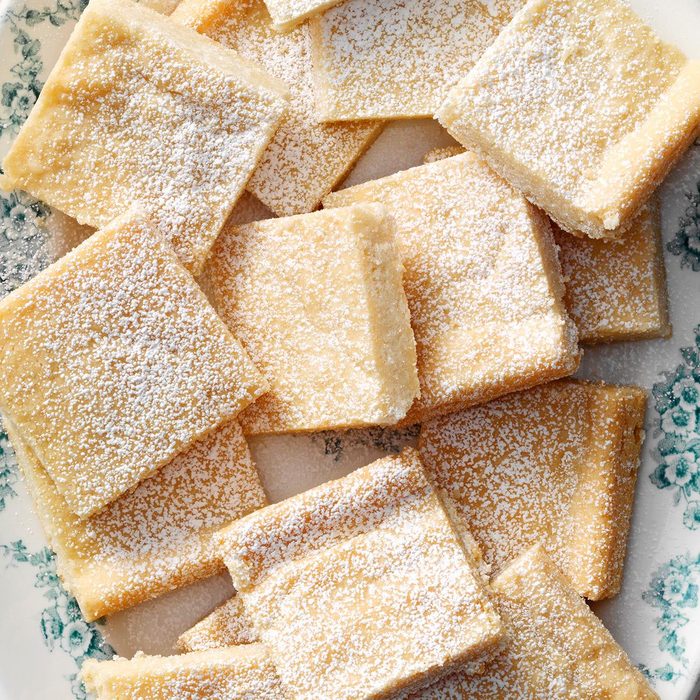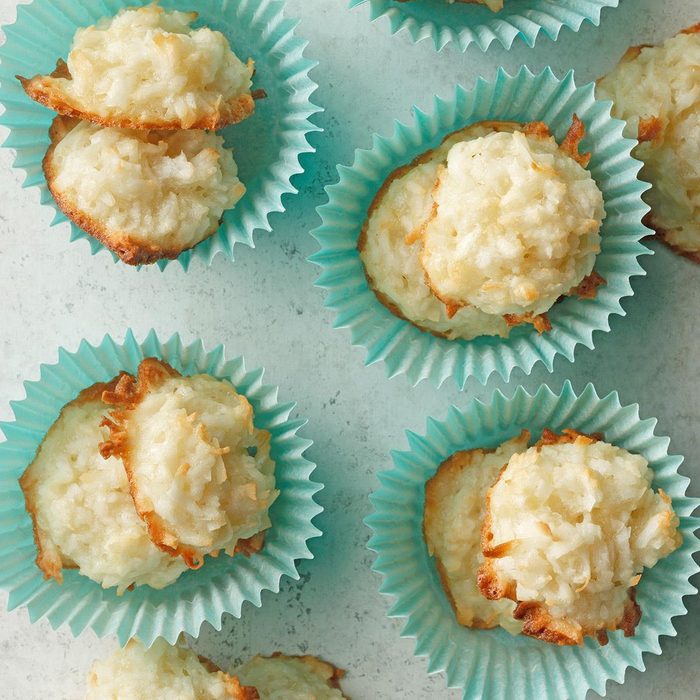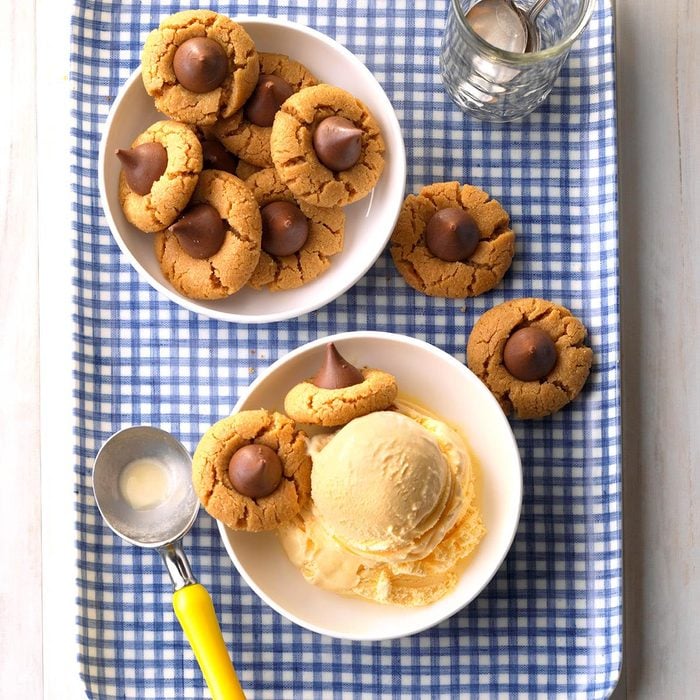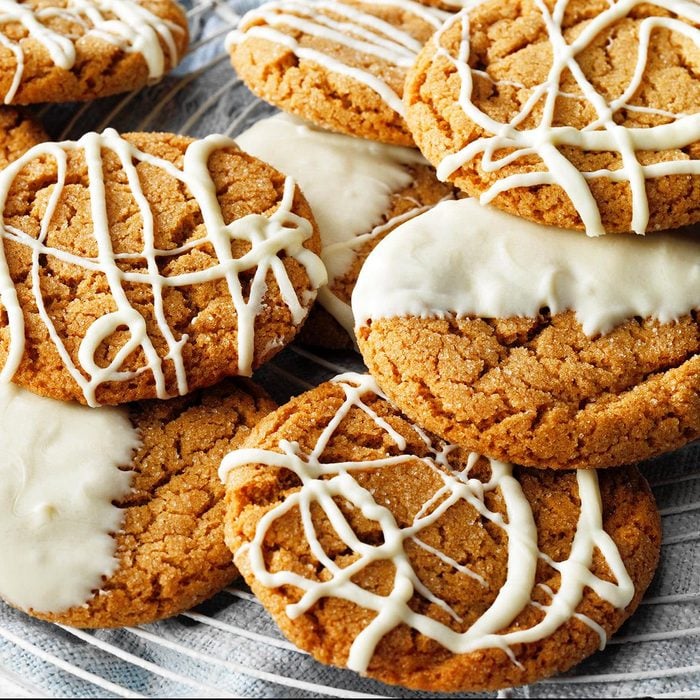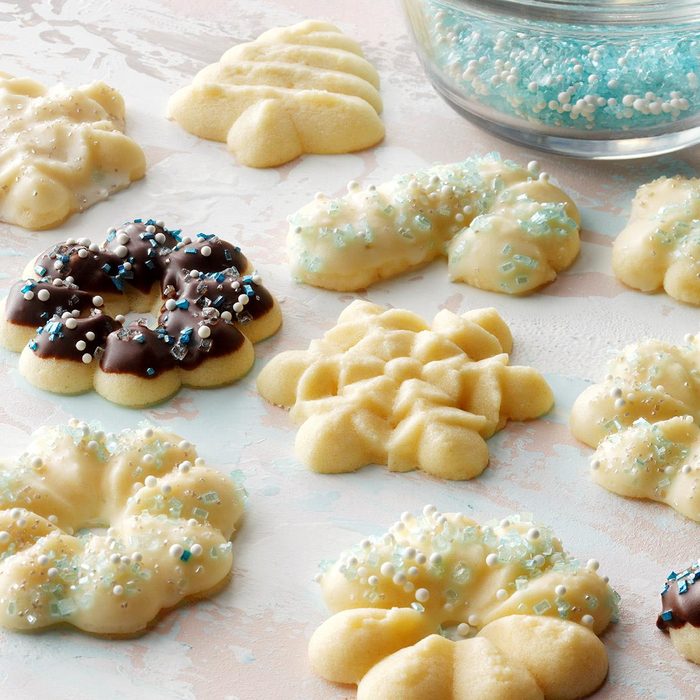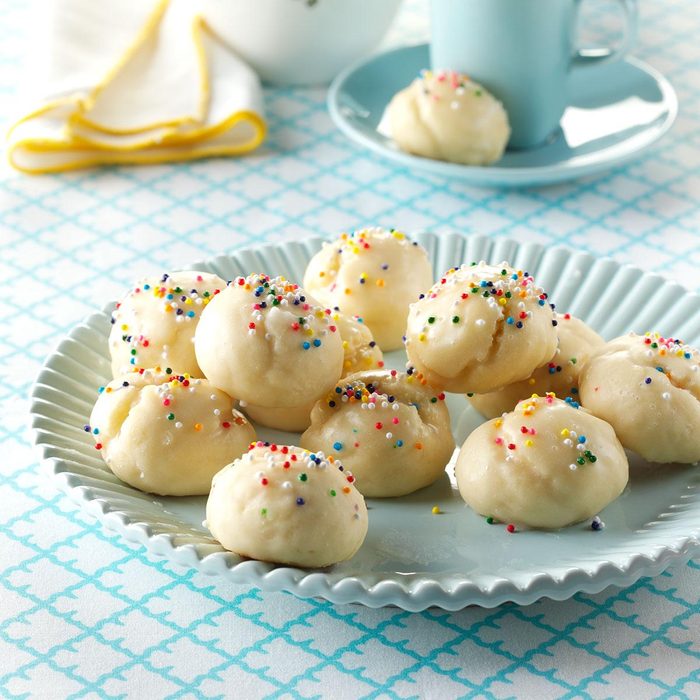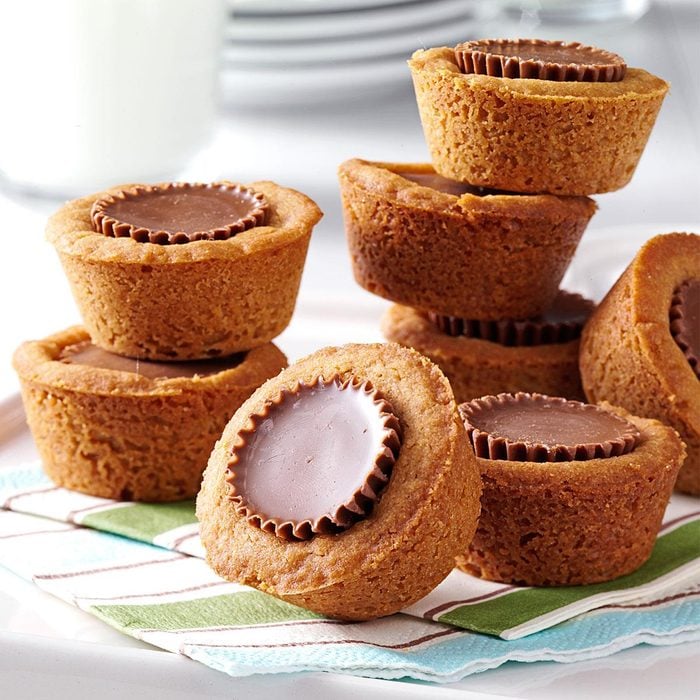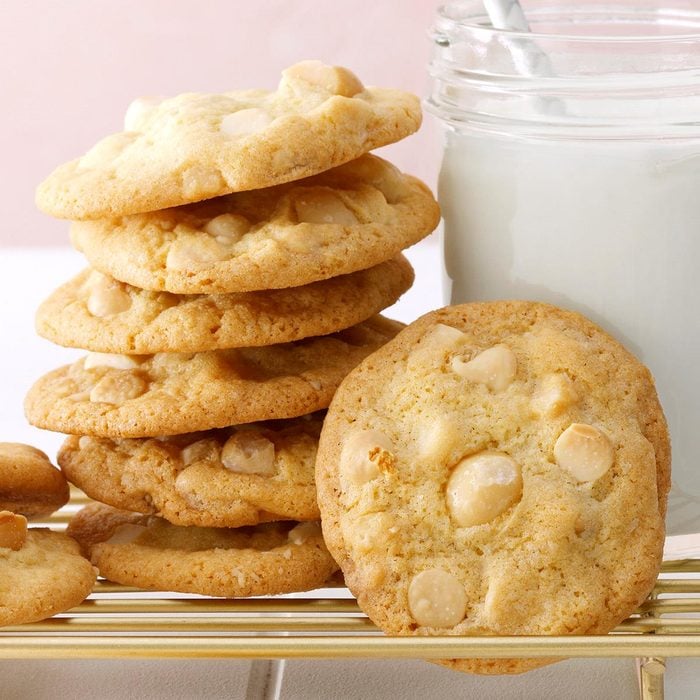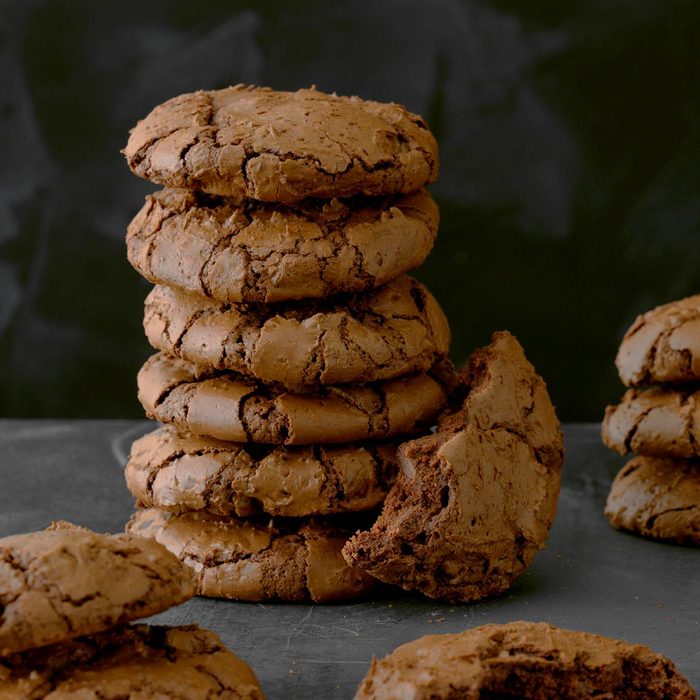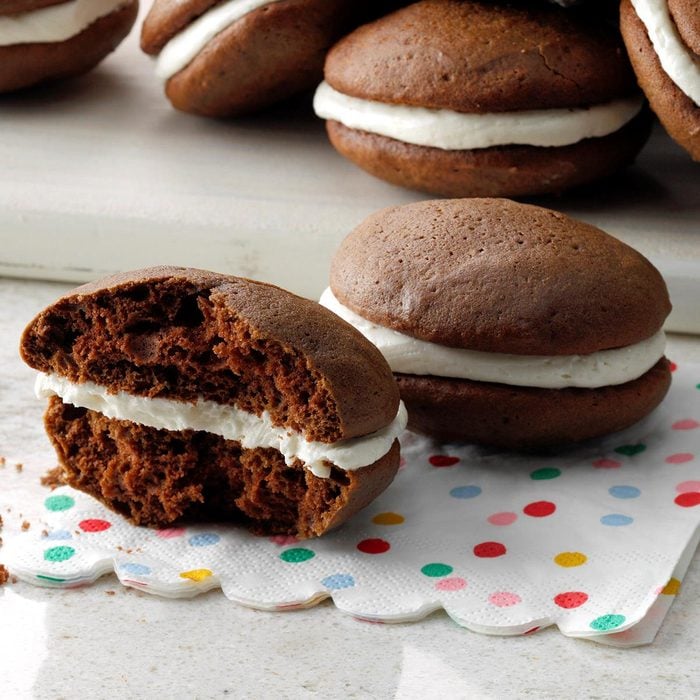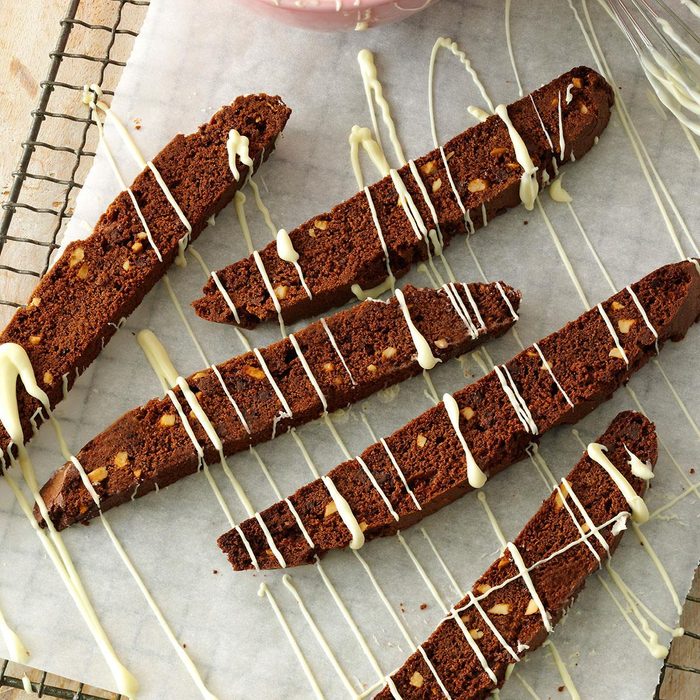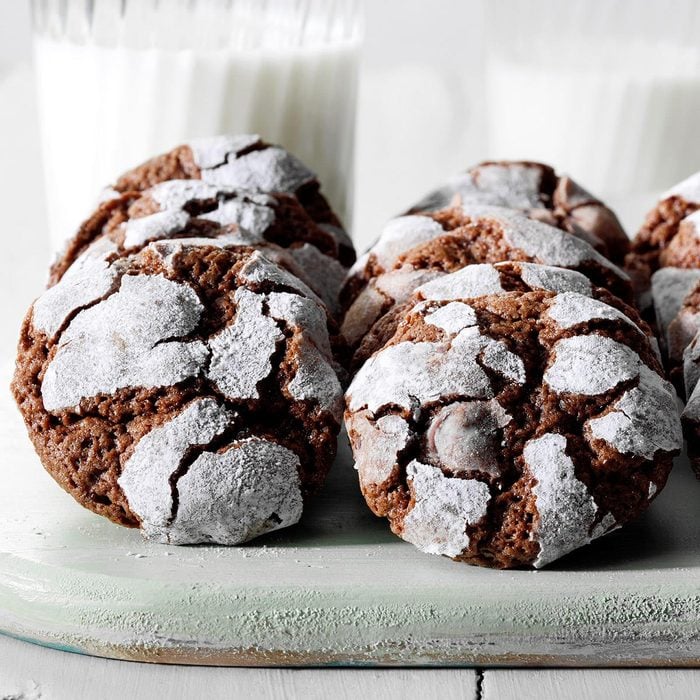Why Are My Cookies Flat? How To Prevent Spreading
Updated: Feb. 13, 2024

If you've ever wondered, "Why are my cookies flat?" then these tips from our Test Kitchen will help you improve your cookie-baking game.
If you’ve ever felt the disappointment of flat cookies, you can relate to the experience of opening the oven to find a tray of pancake-like objects far from Mrs. Fields-level cookies. (Granted, most of us have no trouble eating cookies regardless of what they look like.)
But if you’re looking for Instagram-worthy treats, here’s how to keep cookies from spreading and fix flat cookies so you never have to ask yourself, “Why are my cookies flat?” again. (For more tips, check out our cookie-baking guide.)
On This Page
Why are my cookies flat?
There’s no single culprit for flat cookies. But if your cookies are spreading in the oven, you could be making one of these common baking mistakes. (Here are some other common baking problems for cookies, bars and brownies.)
Mistake 1: The butter is too soft
Kitchens tend to heat up during any baking extravaganza, meaning the butter you leave on the counter to soften might get too soft. If this happens, the butter will melt faster in the oven and your cookies will flatten before they can set.
Thirty minutes is usually enough counter time to soften butter. If you want to soften butter quickly, cut it into small pieces and let it stand for just 15 minutes instead of using the microwave, where it’s more likely to get too soft.
Mistake 2: You used the wrong fat
If you’re a serial substituter, this could be your issue. It’s important to follow the recipe closely—it was designed to give great results based on a specific ingredient combination. If you use margarine instead of butter or butter instead of shortening, for instance, chances are you’ll be disappointed with the results. These ingredients melt at different temperatures and each has a different fat percentage.
Editor’s Tip: Here’s a guide to the difference between butter, margarine, shortening and lard.
Mistake 3: There’s too much sugar or not enough flour
Sugar is solid at room temperature, but it liquefies when heated. If you’re heavy-handed when measuring, that extra sugar means extra liquid and more spread when baking in the oven. Using too little flour could lead to flat cookies, too.
Learning how to measure ingredients is key to good baking. Use a large spoon to gently scoop dry ingredients into a measuring cup, then level off with the flat side of a butter knife. (Or better yet, use a kitchen scale—here’s how to measure flour by volume or weight.)
Editor’s Tip: Speaking of dry ingredients, make sure you’re using fresh baking soda or baking powder (here’s how to test your baking soda and baking powder).
Mistake 4: Your baking sheets are over-greased
For most cookies, there’s enough fat in the dough to keep them from sticking to your baking sheets—no greasing required. (Plus, the best sheet pans are nonstick.) If you grease the pans unnecessarily, the dough will flatten too much as it bakes.
Related, reusing baking sheets for multiple batches of cookies can be another cause of flat cookies. Residual grease left on the sheet from the previous batch can lead to too much spread. (Also, if your pans are still hot from the previous batch, the fat in the dough will start melting even before the cookies hit the oven.)
Editor’s Tip: Always let the baking sheets come to room temperature between batches. If you have an ongoing problem with flat cookies that nothing else seems to solve, you may need to wash away residual grease between batches.
Mistake 5: You’re skimping on mix-ins
Why (why!) would you use fewer chocolate chips than the recipe called for? That’s cookie blasphemy. Whether you decreased the amount called for because you ran out and didn’t want to run to the store (poor excuse) or you were trying to save a few calories (worse excuse)—don’t do it. If you’re short on the mix-in ingredient called for, like chocolate chips or nuts, combine it with another mix-in to equal the total volume called for in the recipe.
How to Keep Cookies from Spreading
These tips will help prevent your cookies from spreading in the first place. (For more advice, check out these baking tips from our food editor.)
1. Choose the right cookie recipe
Some cookie recipes are prone to spreading more than others. For instance, recipes that use granulated sugar may spread more than recipes with confectioners’ sugar because granulated sugar liquefies in the oven.
The right recipe for you will depend on the type of cookie you’re baking. If you’re looking to make cutout cookies that won’t spread, our Test Kitchen recommends a sturdy dough like the one in our recipe for Elf Cookies.
Editor’s Tip: If you have time, bake a few test cookies. Then, you can make any adjustments needed before you bake the full batch.
2. Prepare the dough properly
You always want to use chilled cookie dough—even if that means putting it back into the refrigerator after you shape it.
If you’re using balls of cookie dough, form them tall to give them plenty of room to spread down as the ingredients melt. When arranging your cookies on the baking sheet, follow the recipe’s directions. Generally, you want to give the cookies some breathing room on the pan—space them at least 1 inch apart.
3. Check your oven
If your oven is too hot, the fat melts faster than the cookie can set, and you end up with pancake cookies. Always preheat your oven and invest in a good oven thermometer. Even new ovens can be incorrectly calibrated, so check the actual temperature every time you put a pan in the oven.
Editor’s Tip: Good oven maintenance is key to consistent baking. Make sure you regularly calibrate, level and clean your oven.
How to Fix Flat Cookies
If you notice that your cookies are flat while they’re baking in the oven, you can try using a spoon to reshape them. However, if your cookies come out of the oven and it’s too late to fix them, it’s time for plan B: re-purpose them. Here are a few ways to use flat cookies:
- Crumble and use them as a topping for pudding, mousse or ice cream
- Use them for ice cream sandwiches
- Add them as mix-ins to other dessert recipes, like this Cookies ‘n Cream Fudge
Josh Rink, Taste of Home food stylist, contributed to this article.





















